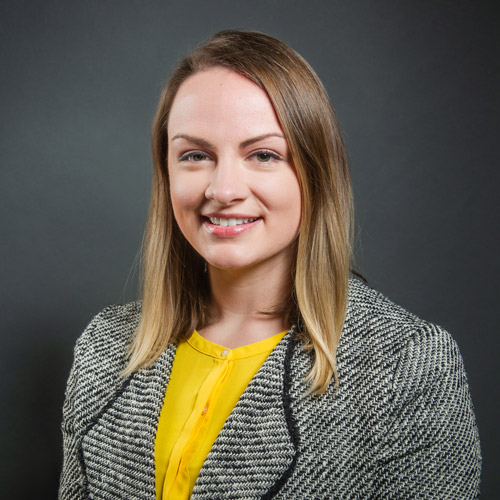Boston University Weekly COVID-19 Report: September 23 to 29
Positive test results creep up as concern grows over reports of gatherings
Boston University publishes its COVID-19 testing data on a public-facing dashboard. Each week, Gloria Waters, BU vice president and associate provost for research, and Judy Platt, director of BU Student Health Services, will provide an update on the overall health of the BU community.
A week ago, Judy Platt had been feeling cautiously optimistic about the low number of positive coronavirus tests across Boston University students, faculty, and staff. This week, she’s concerned.
The week before last, BU saw two days in a row without a single positive test result. This past week, however, Platt says the number of coronavirus cases has increased slightly again. “We are back up, although we haven’t seen any clusters continue to grow,” she says. Overall, between September 23 and 29, eight students and nine faculty or staff tested positive. A new addition to BU’s coronavirus testing dashboard reveals that .05 percent of individual students tested positive, while the rates were higher for faculty (.07 percent) and staff (.24 percent).
Platt says she and the contact tracing team, as part of their case-by-case investigation, have appreciated that people who have tested positive are being truthful and honest about who they’ve come into contact with. “It’s vitally important,” she says. It’s also revealing that some people are not adhering to BU’s community health guidelines.
“We know that gatherings are occurring,” she says. “I was really disheartened to hear about the party,” when more than 25 BU students socialized without masks and were drinking underage this past weekend on BU’s West Campus. “People think, ‘Oh, if there’s a party, we’ll know if anyone got sick within a few days.’ But that’s not the case. It can take up to two weeks before we know what a party does to the community.” (Coronavirus can incubate for as long as 7 to 14 days, which means clusters of infection can take days to detect.)
Platt says that thanks to BU’s contact tracing efforts, reports made to the Dean of Students office, and complaints from neighbors filed with the city of Boston, she knows gatherings are happening—both on campus and off. “I’m concerned about what we’ll see as we go into next week,” she says.
More proof that gatherings are happening came Wednesday when Boston Mayor Marty Walsh specifically talked about colleges in Boston at his daily press briefing. “We’re seeing small outbreaks due to parties, due to college students, due to irresponsibility,” Walsh said. He raised the alarm about the increasing percentage of coronavirus tests coming back positive across the city and surrounding neighborhoods.
Walsh announced a delay in next steps to continue reopening Boston, citing his growing concern over house parties. According to the mayor, half of the city’s recent cases have been among people under age 29. He says universities are a factor, but also says infection rates are increasing among people outside college communities. The city of Boston was reclassified Wednesday as a red zone on the state’s coronavirus risk map.
“I do get frustrated because here we are today, laying down millions of dollars to open schools, we have businesses on the verge of bankruptcy, we have restaurants that need to open up, we have art venues that need to open up, we have people that need to come back to work,” Walsh said at his press conference. “We’re in the process of [being] concerned about, do we need to shut everything down again? Because 25 people here, 25 people there, 25 people over here, decide to get together and have a party, to raise the number [of cases] in Boston…that’s irresponsible.”
BU’s Gloria Waters is also watching the data closely.
“We are watching the Boston data carefully—if the city or BU has to scale back our activities, it would have really negative consequences, especially for our researchers, faculty, and graduate students,” she says. “To have to take a step backward would have real consequences for students working on their dissertations, and for our labs and their research funding.”
On a final note, Waters adds, “We really hope students understand their behavior affects not just them, but the lives of others.”
Gloria Waters has spearheaded teams of BU scientists in their development and deployment of a campus-wide COVID-19 testing program and mathematical modeling of community behavior. Judy Platt, chair of BU’s Medical Advisory Group, oversees clinical management and isolation of students and employees who test positive for coronavirus, and helps manage BU’s contact tracing efforts. They are co-chairs of BU’s Vaccine Preparedness Group, which is overseeing the distribution of COVID-19 vaccines allocated to BU by the Massachusetts Department of Public Health.

Comments & Discussion
Boston University moderates comments to facilitate an informed, substantive, civil conversation. Abusive, profane, self-promotional, misleading, incoherent or off-topic comments will be rejected. Moderators are staffed during regular business hours (EST) and can only accept comments written in English. Statistics or facts must include a citation or a link to the citation.